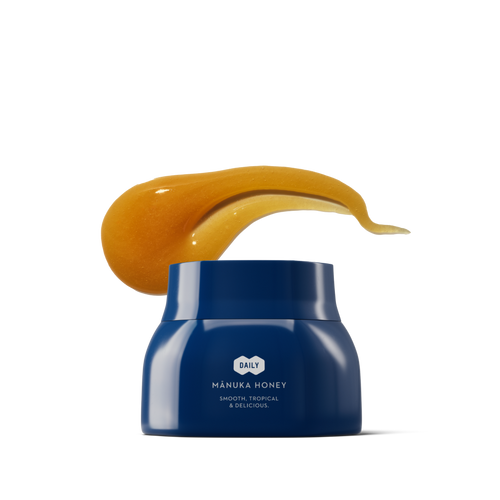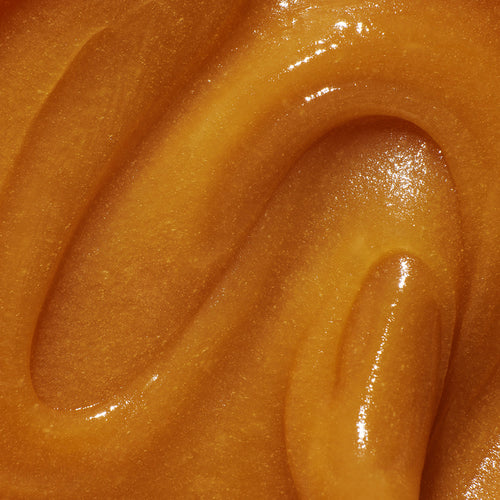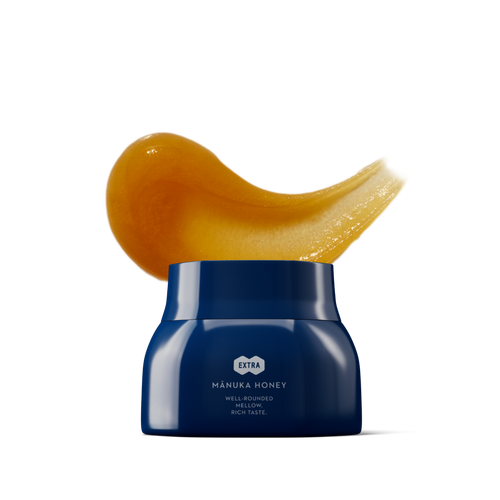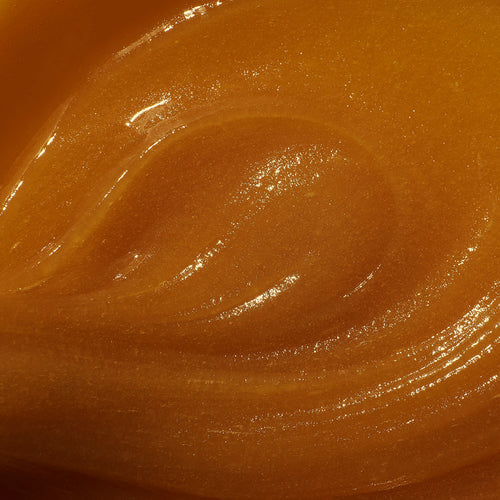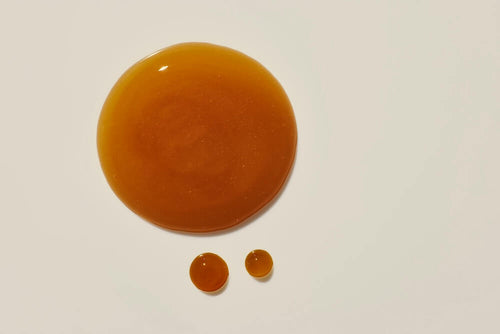The Science Behind UMF
UMF (Unique Mānuka Factor) is measured based on the concentration of specific compounds found in mānuka honey, primarily methylglyoxal (MGO), dihydroxyacetone (DHA), and leptosperin. These compounds are responsible for the honey's unique antibacterial properties and overall quality.
1. Methylglyoxal (MGO): This is the key compound that gives mānuka honey its antibacterial activity. The higher the MGO concentration, the more potent the honey. UMF ratings typically correspond to the MGO levels, with higher ratings indicating a higher concentration of this beneficial compound.
2. Dihydroxyacetone (DHA): Found in the nectar of mānuka flowers, DHA converts into MGO over time. The presence of DHA in the honey is an indicator of its freshness and quality, contributing to the overall UMF rating.
3. Leptosperin: This unique marker is also derived from mānuka flowers and serves as an additional indicator of authenticity. It helps differentiate genuine mānuka honey from other types, adding to the reliability of the UMF certification.
The UMF rating itself is a number that typically ranges from 5+ to 20+, with higher numbers indicating greater potency and health benefits. To achieve a UMF certification, honey must undergo rigorous testing to confirm the presence and concentration of these key compounds. This scientific approach ensures that consumers receive genuine, high-quality mānuka honey that delivers the health benefits they expect.
Benefits of UMF Certification
UMF (Unique Mānuka Factor) certification is crucial for consumers for several reasons, including authenticity, quality assurance, and health benefits.
1. Authenticity: UMF certification guarantees that the honey is genuine mānuka honey sourced from New Zealand. This is important because the market for mānuka honey can be crowded with counterfeit products. The UMF label ensures that consumers are purchasing honey that meets strict standards for origin and purity.
2. Quality Assurance: The UMF rating provides a clear and reliable indicator of the honey's quality. Each jar of UMF-certified honey has been tested for its concentration of key compounds like MGO, DHA, and leptosperin. This means consumers can trust that they are getting a product that meets specific benchmarks for potency and efficacy.
3. Health Benefits: Mānuka honey is known for its unique antibacterial and anti-inflammatory properties, which can contribute to various health benefits. The UMF certification helps consumers identify honey that contains sufficient levels of beneficial compounds to deliver these health advantages. Higher UMF ratings often correlate with greater antibacterial activity, making it easier for consumers to choose a product that aligns with their health goals.
The UMF certification empowers consumers by providing assurance of authenticity and quality, while also highlighting the potential health benefits of mānuka honey. This transparency fosters trust and encourages informed purchasing decisions.
How to Read UMF Labels
Understanding how to read UMF labels is essential for selecting high-quality mānuka honey. Here are some tips to help you interpret UMF ratings and make informed purchasing decisions:
1. Check the UMF Rating: Look for the UMF number prominently displayed on the label. This rating typically ranges from 5+ to 20+, with higher numbers indicating a greater concentration of beneficial compounds. For health benefits, a UMF rating of 10+ or higher is generally recommended.
2. Look for the UMF Trademark: Ensure the honey features the official UMF trademark logo. This logo signifies that the honey has been independently tested and verified by the Unique Mānuka Factor Honey Association (UMFHA).
3. Verify the MGO Content: Labels will also indicate the MGO concentration. This number provides additional context about the honey’s antibacterial potency. For example, a UMF rating of 10+ often corresponds to an MGO content of around 263 mg/kg.
4. Check for Additional Certifications: Look for any other certifications on the label, such as organic or raw certifications, which can provide further assurance of quality and sourcing practices.
5. Read the Ingredients: Genuine mānuka honey should list only "mānuka honey" as the ingredient. Avoid products that include added sugars or fillers, as these can dilute the health benefits.
6. Consider the Source: Research the brand to ensure it sources its honey responsibly and sustainably. Reputable brands will often provide information about their sourcing practices on their websites.
By keeping these tips in mind, you can confidently select mānuka honey that meets your expectations for quality and health benefits.



